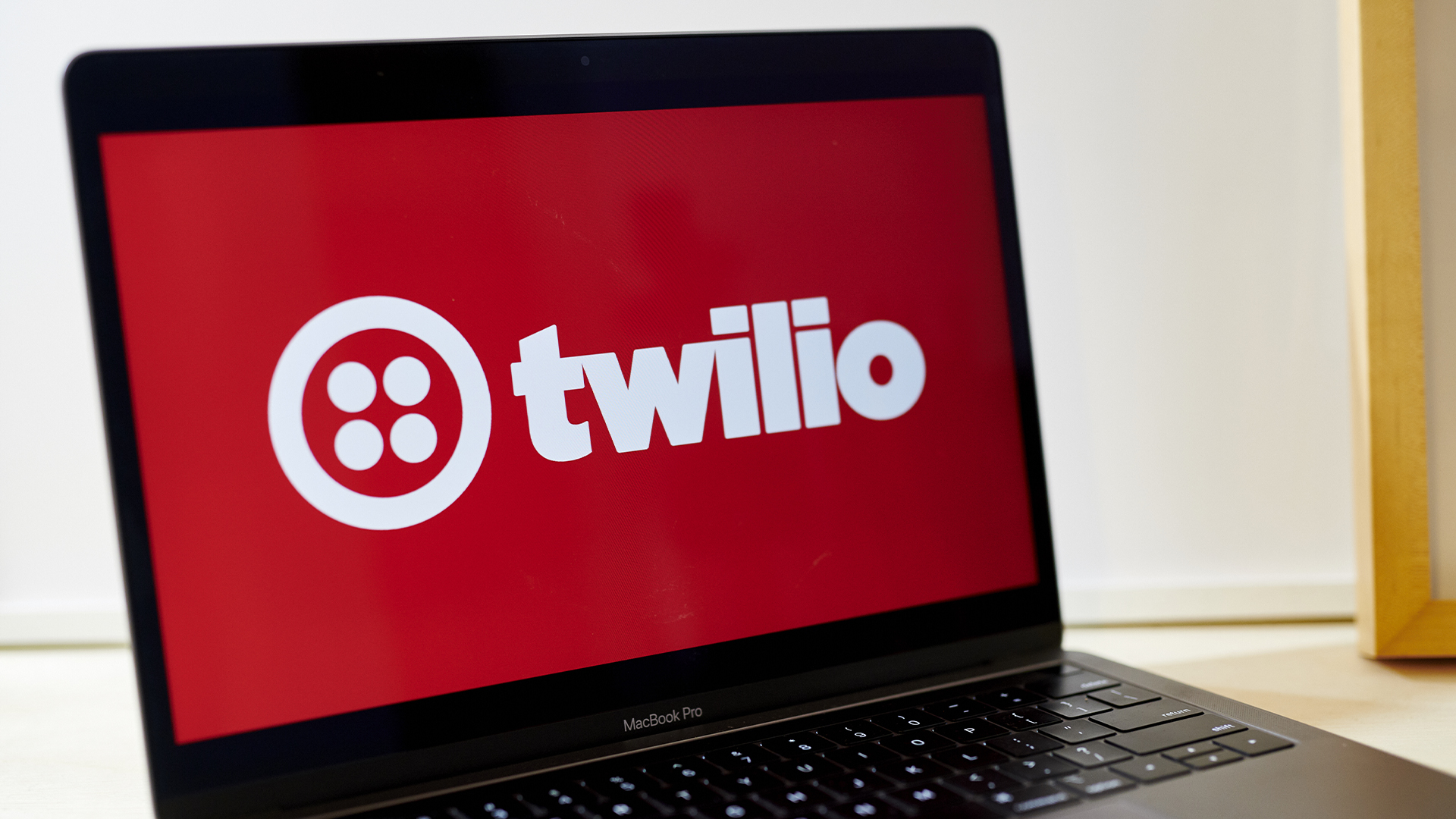Intel Ivy Bridge-E review
The flagship processor costs £850 and features 40 PCI-Express 3.0 lanes and support for quad-channel DDR3 memory.

The Ivy Bridge-E based i7-4960X is superb in multi-threaded, high-end applications thanks to six Hyper-Threaded cores, but it’s no quicker than cheaper chips in single-threaded tasks. It's high price and ageing ancillary hardware mean that this is only recommended for those who have deep pockets and will make use of the chip’s unique talents.
-
+
Stunning multi-threaded speed; Uses legacy hardware; Power use remains stable
-
-
Crazy price; No quicker than Haswell in some tests; Limited chipset

Intel launched its Haswell processors a couple of months ago with a line-up that included the super-fast Core i7-4770K. But the chipmaker has continued to churn out high-performance processors and the 270 Haswell part is eclipsed by the 847 Ivy Bridge-E based Core i7-4960X.
Ivy Bridge-E chips are retooled versions of Xeon processors, and they use last year's silicon for two simple reasons: businesses want stable technology that doesn't have to be upgraded often, and these parts are the only Intel chips with six Hyper-Threaded cores.
There are three new chips. The flagship i7-4960X, which is the one on test runs at 3.6GHz, and one core can use Turbo Boost to hit 4GHz. It's got six cores that can address twelve concurrent tasks, and 15MB of L3 cache.
The i7-4930K still has six cores, but they're clocked to 3.4GHz with a peak of 3.9GHz and there's "just" 12MB of cache. The weakest of the three, the i7-4820, has four cores that run at 3.7GHz, with a top Turbo speed of 3.9GHz, and 10MB of cache.
All three of the new chips are unlocked for easy overclocking, but none include integrated graphics.
The Ivy Bridge-E architecture
The new chips don't have new silicon, but Intel made improvements to the Ivy Bridge-E processors in several areas. Its 22nm manufacturing process is a step ahead of Sandy Bridge's 28nm process, and it's allowed Intel to shrink the chip and use more efficient transistors. The i7-4960X fits 1.86 billion transistors inside a 257mm2 package, a reduction from the 2.27 billion transistors that filled out the i7-3960X's 435mm2 chip.
Sign up today and you will receive a free copy of our Future Focus 2025 report - the leading guidance on AI, cybersecurity and other IT challenges as per 700+ senior executives

This is the first Intel mainstream chip to be officially specified with 40 PCI-Express 3.0 lanes, which paves the way for huge graphics power while Sandy Bridge also had 40 lanes, they were only compatible with PCI-Express 2.0. There's support for quad-channel DDR3 memory that runs at 1,866MHz an upgrade from the 1,600MHz modules that worked with Sandy Bridge-E.
There's better branch prediction, improved out-of-order execution, and double the amount of cache bandwidth than in Sandy Bridge-E all improvements that aid the flow of tasks through these complex, Hyper-Threaded quad- and six-core processors.
Sockets and chipsets
The architecture has been upgraded, but the LGA 2011 socket and X79 chipset remain unchanged from the hardware that debuted with Sandy Bridge-E.
That means existing coolers still work, as will most motherboards manufacturers have released BIOS updates that make older hardware compatible. There's only one company that isn't updating its boards to work with Ivy Bridge-E, and that's Intel a decision which strikes us as odd.
The reliance on the older chipset results in two annoying trade-offs. There's no native USB 3 support, and the chipset can only handle two SATA 6Gpb/s connections. Manufacturers solder third-party controllers to boards, but these extra chips increase prices and lead to potential stability issues.
Mike Jennings has worked as a technology journalist for more than a decade and has been fascinated by computers since childhood, when he spent far too long building terrible websites. He loves desktop PCs, components, laptops and anything to do with the latest hardware.
Mike worked as a staff writer at PC Pro magazine in London for seven years, and during that time wrote for a variety of other tech titles, including Custom PC, Micro Mart and Computer Shopper. Since 2013, he’s been a freelance tech writer, and writes regularly for titles like Wired, TechRadar, Stuff, TechSpot, IT Pro, TrustedReviews and TechAdvisor. He still loves tech and covers everything from the latest business hardware and software to high-end gaming gear, and you’ll find him on plenty of sites writing reviews, features and guides on a vast range of topics.
You can email Mike at mike@mike-jennings.net, or find him on Twitter at @mikejjennings
-
 Twilio names Jake Kanter as new vice president of sales for EMEA
Twilio names Jake Kanter as new vice president of sales for EMEANews Kanter will leverage more than a decade’s worth of Twilio leadership experience to spearhead the vendor’s sales operations in the region
By Daniel Todd Published
-
 Salesforce just launched a new catch-all platform to build enterprise AI agents
Salesforce just launched a new catch-all platform to build enterprise AI agentsNews Businesses will be able to build agents within Slack and manage them with natural language
By Rory Bathgate Published
-
 Slack is now the key to Salesforce’s agentic AI plans
Slack is now the key to Salesforce’s agentic AI plansNews Salesforce is bringing more agents into Slack, along with CRM and third-party data
By Rory Bathgate Published
